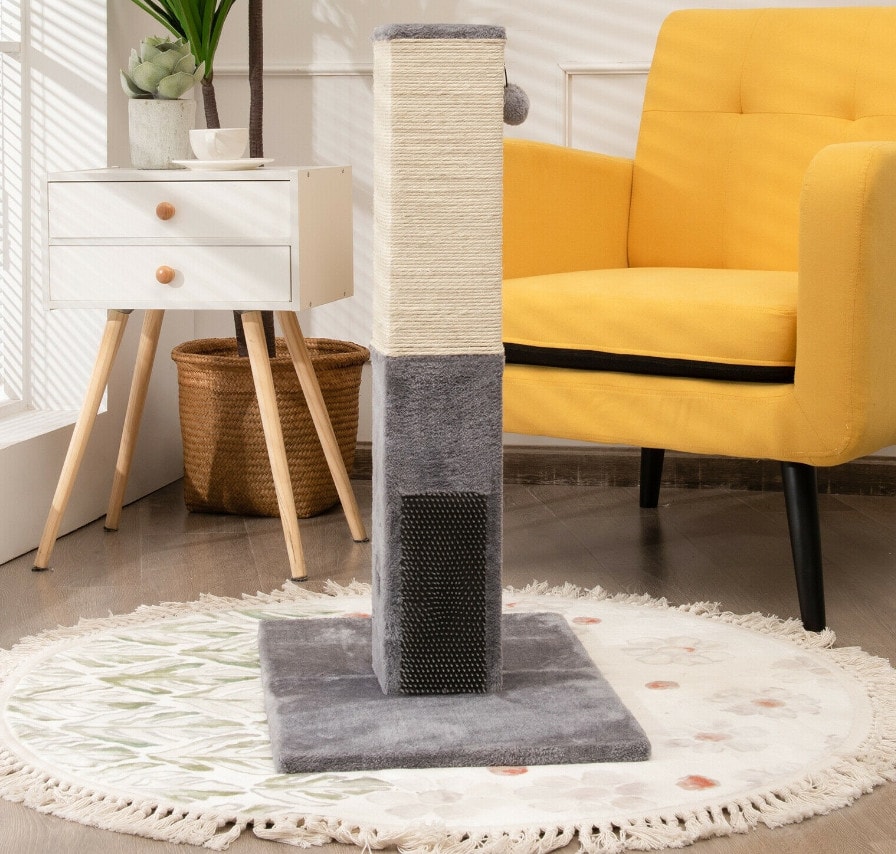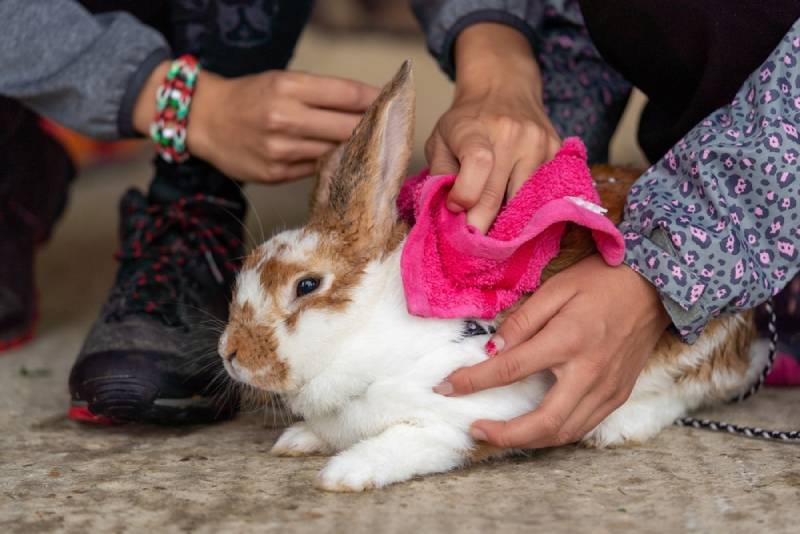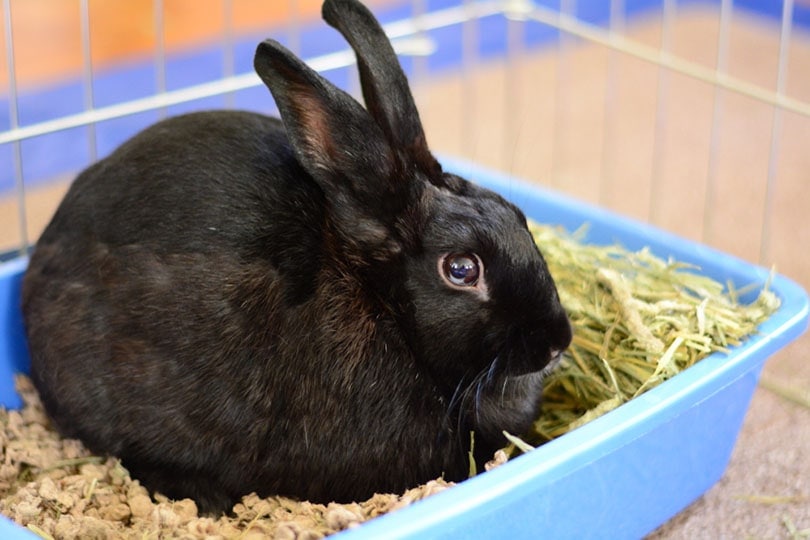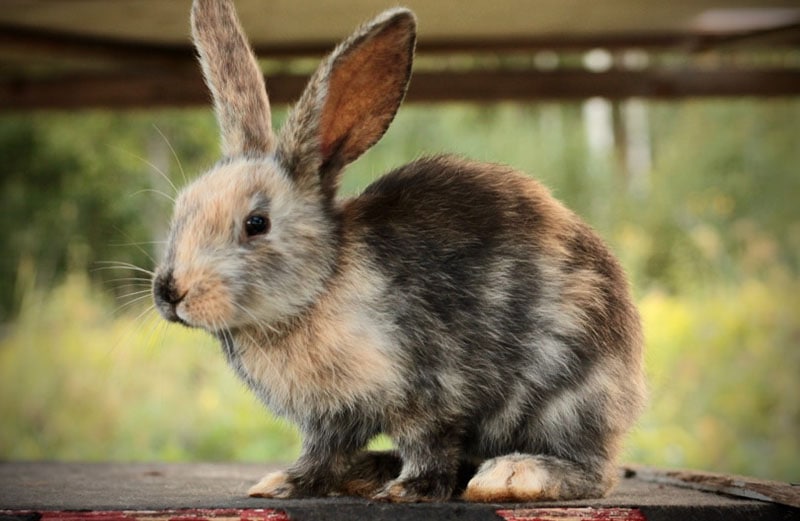Do Rabbits Use Scratching Posts? Uses and Benefits Explained

Updated on
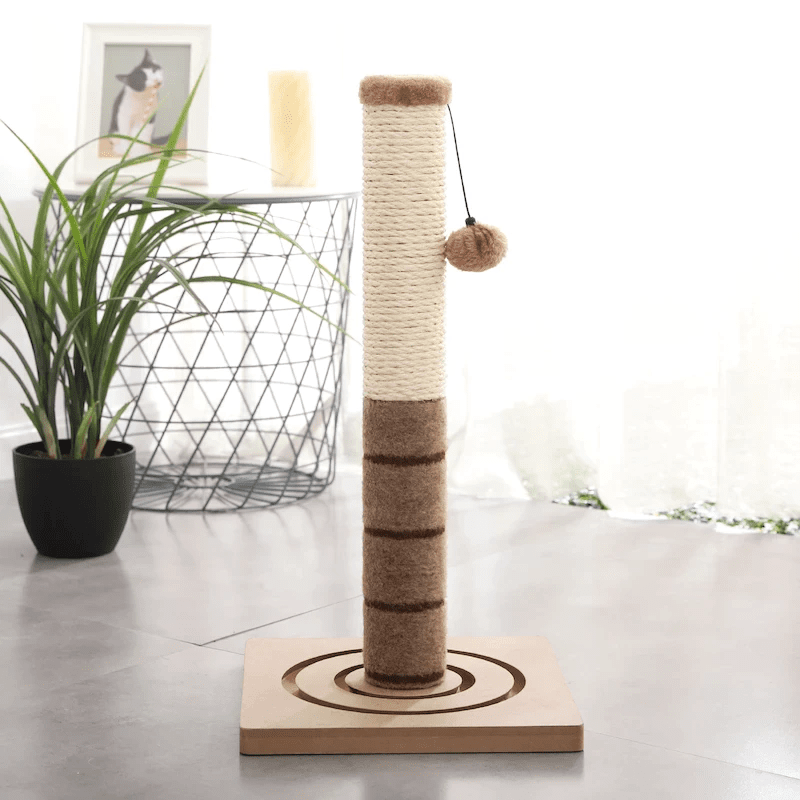
In many ways, bunnies are just like cats. They’re tiny, fluffy, and cute, not to mention witty, agile, and quick with their reflexes. So, does that mean rabbits need a scratching post? Absolutely! If you want to protect your precious furniture and carpets from these buds, a scratching post is a must. It can help declaw the bun’s nails and keep them happy.
More importantly, scratchers give domestic rabbits a chance to exercise and stretch their bodies. But how do you know which post to buy? How much will you have to pay for it? Let’s find out! Today, we’ll talk about scratching posts and learn how to keep a bunny safe.
What’s a Scratching Post? A Quick Breakdown
Scratchers are quite simple in design. Essentially, it’s a wooden post covered in a rough material (sisal rope, cardboard, or fabric) for the pet to scratch. It can be both vertical and horizontal. These posts offer just the right amount of resistance for the pet to enjoy the process. Over time, the surface does wear off and lose its “kick”, but most scratchers last for 3–4 months.
There are quite a few options on the market, and they come in different shapes and sizes. The most popular posts are very much alike, but you can always buy one that looks like a tree or a cactus. Some scratching posts even come with stairs for the rabbit to climb on. But it’s the scratching material that carries the real value. So, consult with a vet to find the perfect post for your bun.
Do Bunnies Have the Urge to Scratch? Why Is That?
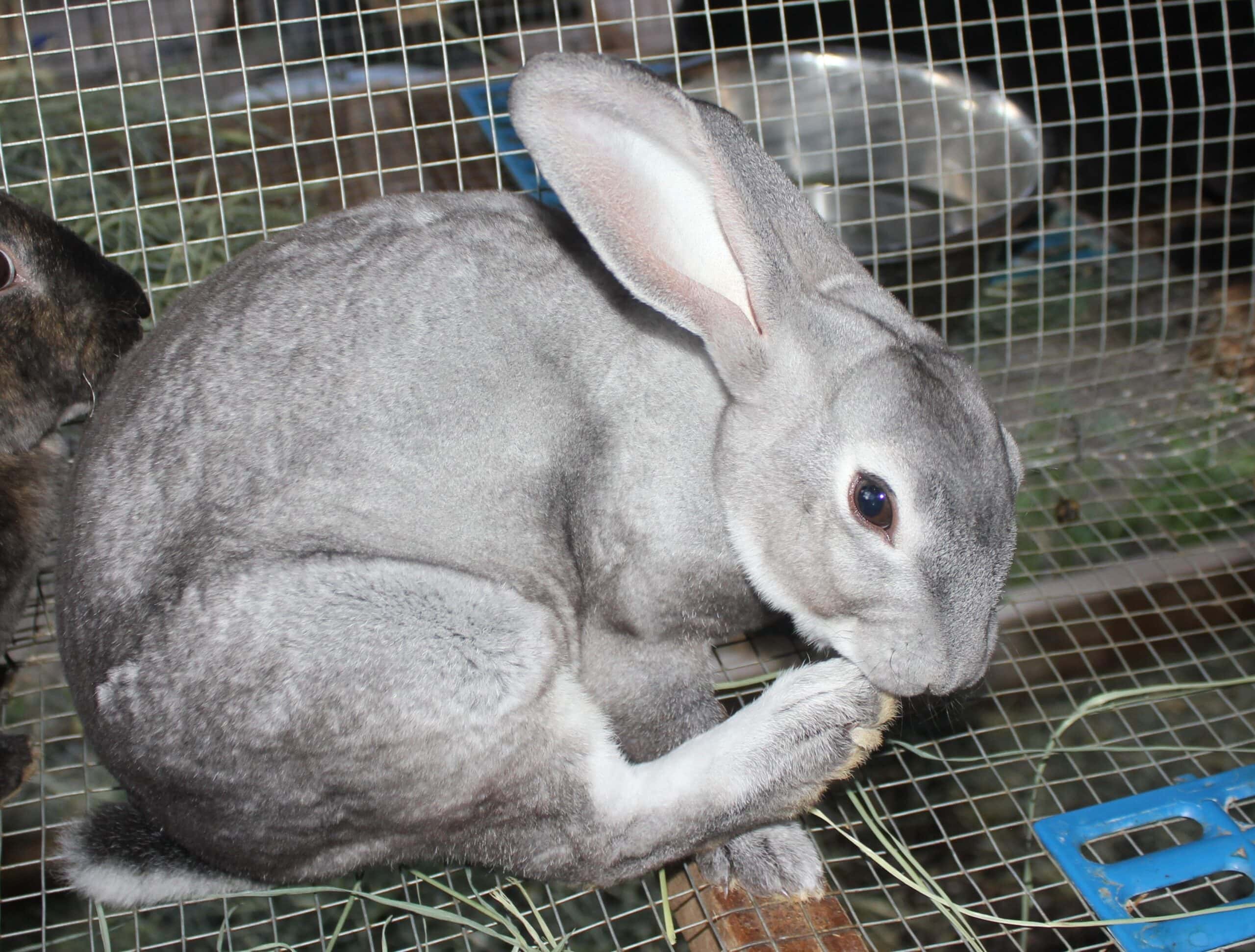
In the wilderness, rabbits are often caught scratching and gnawing on tree trunks and branches. This way, they keep their teeth and nails in shape. If they don’t have any surfaces to chew, their teeth will go dull and make it harder to munch on grass. And when the nails grow too long, they curl up and cut into the skin, hurting the poor thing. Scratching is normal behavior for rabbits: it’s something they do instinctively.
This is true both for wild and domestic bunnies. So, don’t be surprised when your pet “unleashes hell” on your couch, chairs, bed, and rugs. If you live on a property and let the buck or doe run around in the yard, it might find a tree to sharpen its nails on. But if it’s stuck in an apartment, best believe it’s going to target every single piece of carpeting in the house.
Should You Buy a Scratching Post for Your Rabbit?
How do you persuade the little one to leave the furniture alone? By investing in a scratcher, of course! Most bunnies have tons of energy that they need to spend on something. A scratcher gives them the perfect opportunity to blow some steam. And, again, it’s the cheapest and quickest way to protect your furniture from the bunny’s claws.
However, the scratching post might not be able to grab the rabbit’s full attention. Instead, it will switch between the couch and the scratcher. Use toys and treats to make the four-legged bud lose interest in the furniture. Also, if you have more than one bunny, the post or board will bring them all together. Summing up, here are the biggest benefits of setting up a scratcher for a bunny:
- No more damage to drapes, carpets, and furniture
- The scratcher keeps the teeth and nails in shape
- The rabbit can exercise on it and stay fit
- It’s a remedy for anxiety and aggression
- Scratchers help rabbits get settled in faster
- They allow the pets to interact with each other
Can a Rabbit Use a Cat’s Scratcher? Is That a Good Idea?
If you already own a cat and are just planning on adopting a bunny, you can, of course, get it started with the kitty’s scratching post. But we would recommend saving up a bit and getting the bun its own toy. This way, the rabbit will have a chance to “bond” with it, which is very important. Besides, the feline might show aggression toward the new pet.
In that case, the rabbit will be repelled by the cat’s odor on the scratcher. That’s why you should keep the pets in separate rooms until they warm up to each other. And if you buy the rabbit its own scratcher, it will help it get settled in better and avoid anxiety, depression, and bursts of aggression. That’s right: the sooner it starts playing with it, the easier the transition will be.
How Much Is It Going to Cost?
Don’t worry; you won’t have to spend a fortune on a scratching post for your rabbit. On average, it will only set you back $20–$40. You can even find options that cost $10–$15. Of course, the higher the price, the longer the scratcher will last. Now, it can be a post, board, pole, or pad. In any case, see that it’s crafted from non-toxic materials that don’t have any odors.
Carpet is not the best option as the rabbit might not see the difference between the post and the carpeting around the house. Next, check the size and make sure the scratcher fits the age of your bunny. If it’s a baby, an adult-size post might not be ideal for it. Still, the scratcher needs to be tall enough for the bun to use it.
More Factors to Consider
Sturdiness matters as well. If the scratching post fails at handling the pressure and bends all the time, the pet will be quick to go back to terrorizing your furniture. It takes quite a lot of effort to trim and sharpen the nails. That’s why the post needs to be strong enough to “peel off” the outer coating of the claws and reveal the sharper layers. You can go with a multi-surface scratcher, but it will cost extra.
Instead, consider investing in a scratching board for the bunny to dig on. But wait: what’s the best spot for the scratcher? Should you put it right next to the litter box and the bowls? Only the rabbit can answer that question! We bet it has a favorite area around the house that it likes to rest in. If so, placing the scratching post there will be a great idea.
Keeping a Pet Bunny Safe: A Quick Guide
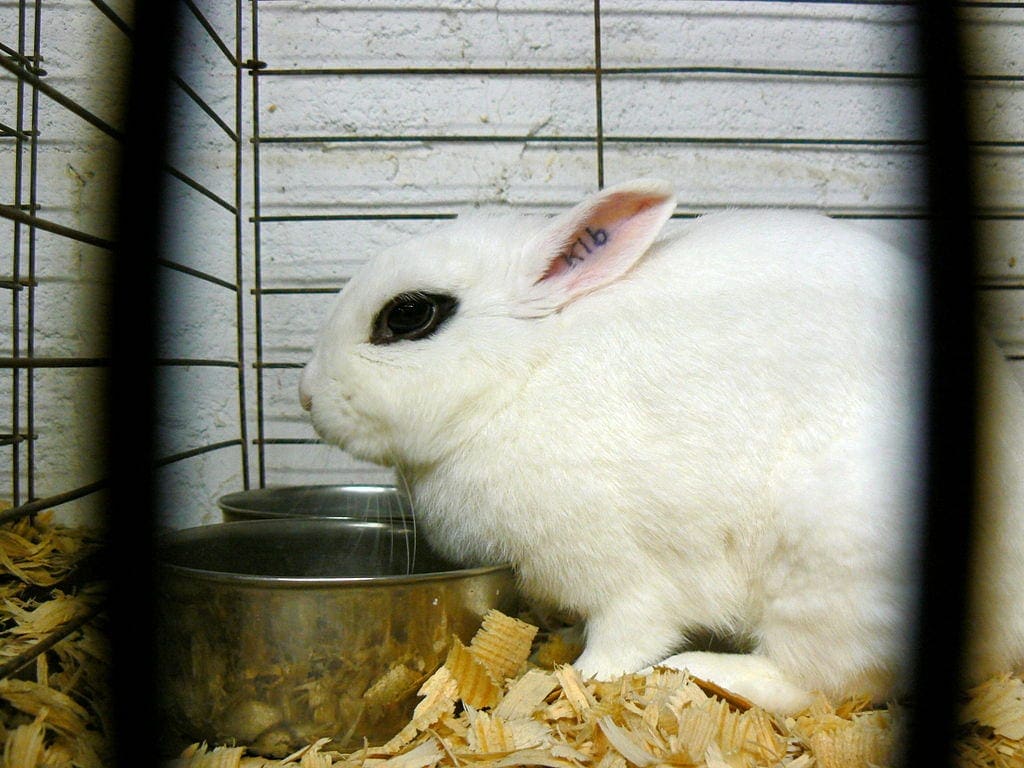
Rabbits are well-suited for indoor environments. As long as the pet has a place to eat, sleep, use the bathroom, and feel safe, it will live a happy, fulfilled life. Speaking of safety, make sure the bunny doesn’t have access to any wires or cables. Otherwise, it will chew through them, causing a disaster. Next, find a dark, cool area in the house to set up the bun’s cage.
These animals are susceptible to heat strokes, which is why you should keep them away from direct sunlight and central heating systems. Also, if you use pesticides or other chemicals on your house plants, put them somewhere the pet can’t reach. Got a cat or a dog in the house? Then provide plenty of supervision and see that the rabbit has access to multiple escape routes and hiding spots.
Conclusion
Rabbits are incredible creatures. They’ve been domesticated for thousands of years and learned how to adapt to the life of a pet. That said, it’s up to you as the owner to create a comfy, cozy, and safe environment for the bun. Now, rabbits are big chewers. They gnaw through cords, shoe laces, cardboard, wood, and, of course, carpets.
But you can keep them busy by introducing a scratching post. Once you install a decent-quality post/board in its favorite spot, the bun will be able to file its nails and do some basic exercises to stay fit. These things don’t cost much yet carry incredible value and will make your life so much easier!
Featured Image Credit: Hepper


